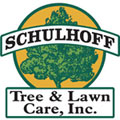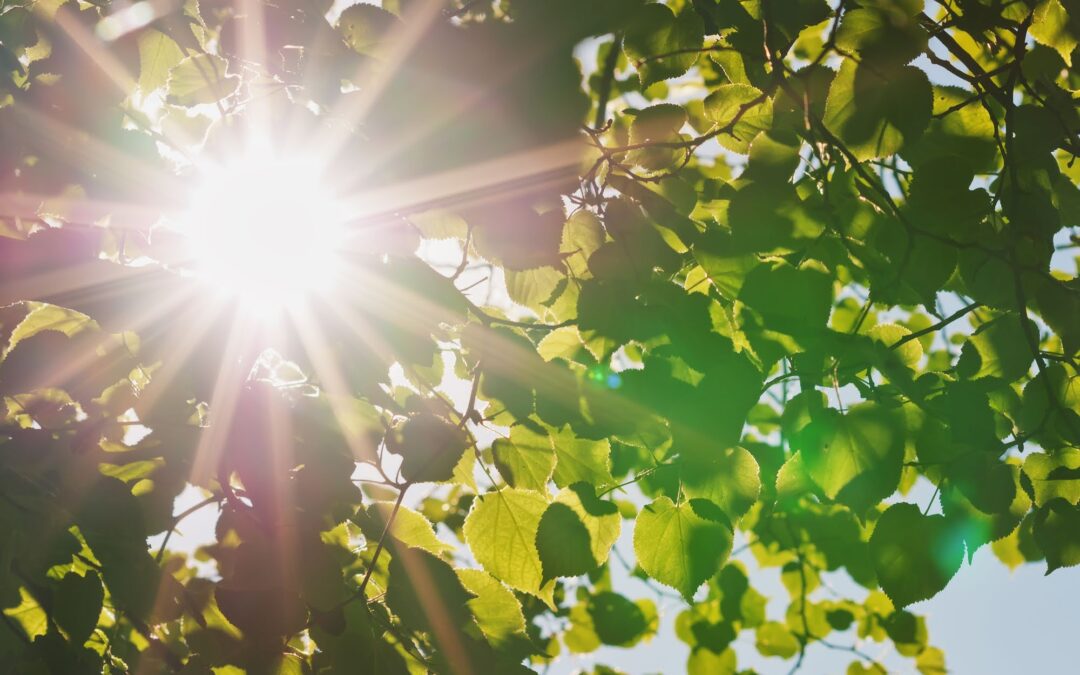Your American elm trees may be at high risk of Dutch elm disease (DED). DED is one of the most destructive tree diseases worldwide. Once contracted, this disease spreads easily and can kill off an entire population if uncontrolled. Fortunately, a skilled arborist can help control the disease and its vectors. Here is more information about DED, signs of infection, and how to treat and prevent it.
Dutch Elm Disease Overview
A Dutch scientist first noted the disease in the Netherlands in the early 1900s. It eventually spread throughout Europe and to the United States by the 1930s. Unfortunately, the native elm trees of North America had little defense against it.
The causes of the disease are fungi from the Ophiostoma family. These fungi infect the tree’s vascular system, known as the xylem. These parts of the tree transport water and nutrients to the canopy. The tree’s defense is to plug off those pathways with tyloses.
The tyloses block off water and nutrients to infected areas. As a result, those parts of the tree wilt and die. The tree often can’t block off infected xylem fast enough to completely stop the spread. The disease eventually infects the entire tree, subsequently causing its death.
Dutch Elm Disease Transmission
The disease spreads mainly in two different ways. Unfortunately, both vectors are difficult to control completely. Below is more about the two main ways DED spreads.
Insects
Both native and invasive elm bark beetles are major DED spreaders. The beetles feed on the leaves and bark of living trees. But they like to breed in the bark of dead or dying trees. Often, these weak or dead trees have fungi. Once the larva finishes their life cycles and reaches adulthood, they fly off and look for healthy elm trees to feed on. They carry the fungus with them.
Roots
Trees in a community often form root grafts if the soil is right and the other trees are close enough. The shared root system provides extra nutrients and water to other trees. Unfortunately, this system can also transfer fungi and other diseases. Infections that start through the root system often spread quickly through the tree.
Dutch Elm Disease Signs
One of the first signs of a DED infection is tree wilt, also known as flagging. A branch or area of the tree will develop curled yellow leaves. The infected branches will also have dark or streaked discoloration under brittle bark. Left alone, the tree will slowly die. As it dies, beetles will use it to breed and spread the fungus.
Dutch Elm Disease Treatment
Whether you can save the tree depends on the extensiveness of the infection. Sometimes, arborists can save trees at the beginning of their illness. If the infection is only one or two small branches, you can have the arborist or tree trimmer remove them. Also, consider severing the root connections to nearby trees to prevent disease spread.
Dispose of any diseased branches completely, and don’t use their wood chips. The fungus could still spread to other trees. Some of the most common ways to get rid of diseased wood is to burn it. You can carry it out of the area away from other elm trees.
Dutch Elm Disease Prevention
One way to prevent DED is to trench the underground roots or prevent root grafts overall. When you sever the tree’s connections, you can stop the disease’s spread. You can also regularly trim dead branches regardless of if they have DED. Dead branches attract pests that could spread DED as well as other diseases.
Another way to prevent DED is to treat the tree with a fungicide or insecticide before an infection starts. Tree injections can help protect your tree’s vascular system and fight off insects. Leave this job to a professional as they know how much of the chemical to inject so as not to cause further harm. They do the injections on a regular basis, such as once every three years. Treatments combined with trimming may help mildly-infected trees recover or become stronger.
Dutch Elm Disease-Resistant Trees
If you like the look of an elm but don’t want it to get DED, you can choose a DED-resistant tree. Some American elm cultivars have DED-resistant properties. While they can catch the disease, they are less likely to die from it. You still need to trim them, though, like traditional elms. Another choice is a hybrid Asian variety. The hybrids, though, are usually smaller and don’t have the same shaped leaves.
Dutch elm disease can be devastating to your American elm trees. However, you can still have beautiful American elm trees in your landscape even if DED is present in your area.
The key is to keep up with maintenance and prevention. Schulhoff Tree & Lawn Care, Inc., has a prevention program to keep your American elms healthy. Our arborists will examine your tree and determine a treatment and prevention plan for your situation. Give us a call or request an estimate to get started.

